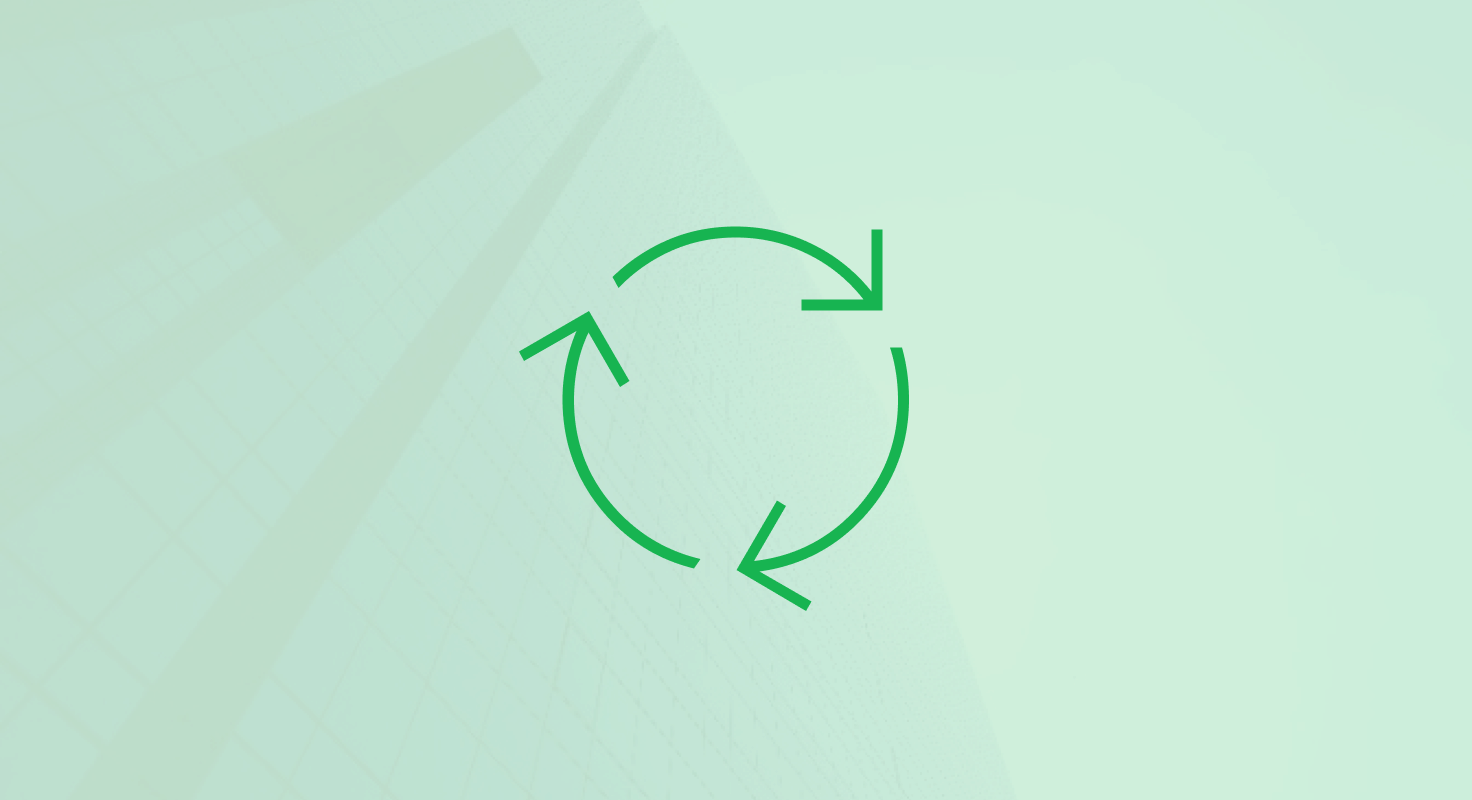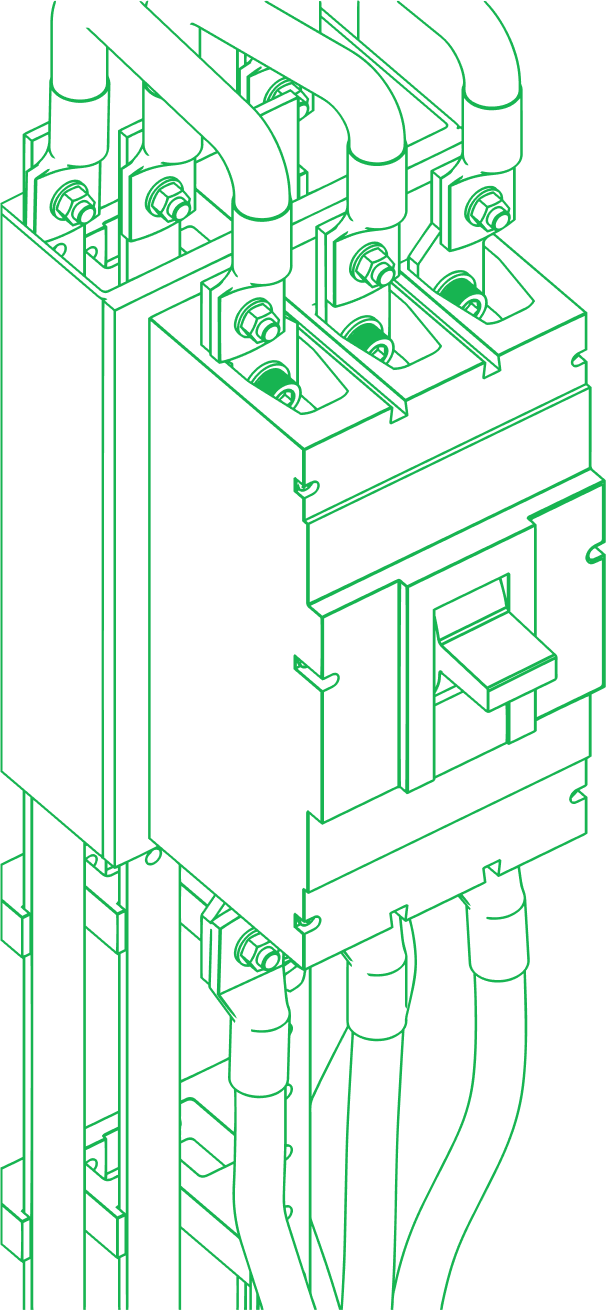Table of Contents
In B2B software-as-a-service (SaaS), retaining customers is vital for long-term success as your ability to keep customers engaged and satisfied directly impacts your bottom line. Let’s take a look at what B2B SaaS retention entails, get into benchmarks, and discuss strategies to improve your retention rate.
What is B2B SaaS retention and why does it matter?
Before we get into the benchmarks and strategies, it's important to have a solid understanding of B2B SaaS retention. Retention, simply put, refers to the ability of a company to retain its existing customers over a specified period of time. In the context of B2B SaaS, it’s the percentage of customers that continue to use your product or service after the initial purchase or sign-up.
Why is B2B SaaS retention so important? Well, acquiring new customers is typically more expensive than retaining existing ones. Plus, happy and satisfied customers are more likely to become your brand advocates and refer your product or service to others. Therefore, focusing on retention is not only cost-effective but also crucial for sustainable growth.
When it comes to B2B SaaS retention, there are several key metrics to consider. One important metric is the customer churn rate, which measures the percentage of customers who stop using your product or service within a given time period. Monitoring this rate can help you identify areas of improvement in your product or customer experience.
Another crucial aspect of B2B SaaS retention is customer engagement. Engaged customers are more likely to renew their subscriptions and continue using your product. By analyzing user behavior, such as feature adoption and frequency of use, you can tailor your strategies to increase engagement and ultimately improve retention rates.
TL;DR: How to Improve B2B SaaS Retention
-
Understand key metrics: Focus on churn rate, NRR, CRC, and lifetime value to track what matters
-
Start with onboarding: Personalized onboarding builds trust and boosts early engagement
-
Deliver ongoing value: Proactive customer success helps maintain long-term satisfaction
-
Improve your product: Use feedback loops to evolve your product based on real customer needs
-
Build a community: Peer connection and knowledge sharing can drive loyalty and advocacy
What are the key benchmarks for B2B SaaS retention?
Now that we understand the importance of B2B SaaS retention, let's look at some industry-specific benchmarks. These benchmarks can serve as a starting point for assessing your own performance and identifying areas for improvement.
One benchmark worth mentioning is the Rule of 40, popular in the SaaS industry. The Rule of 40 suggests that a healthy SaaS company should have a combination of revenue growth rate and profit margin that adds up to at least 40%. For example, if your revenue growth rate is 25%, your profit margin should be at least 15% to meet the Rule of 40.
While the Rule of 40 primarily focuses on financial performance, it indirectly reflects customer retention. A company that retains its customers well is more likely to have a higher revenue growth rate, as it depends less on acquiring new customers to generate revenue.
Another key benchmark in the B2B SaaS industry is the Net Revenue Retention (NRR) rate. NRR measures the revenue retained from existing customers over a specific period, accounting for upgrades, downgrades, and churn. A high NRR indicates that a company is not only retaining its customers but also expanding its revenue from them through upsells and cross-sells.
Also, customer lifetime value is a crucial metric for understanding the long-term value of a customer to your business. By calculating how much revenue a customer is expected to generate over their entire relationship with your company, you can make more informed decisions about retention strategies and customer acquisition costs.
Last, is customer retention cost (CRC). CRC calculates the expenses associated with retaining customers, including customer support, account management, and customer success initiatives. Lower CRC values are generally preferred as they indicate that your company is effectively retaining customers without incurring high costs.
What strategies improve B2B SaaS retention rates?
Provide Exceptional Onboarding
One of the most critical stages in the customer journey is the onboarding process. This is the time when customers become familiar with your software and its features. By delivering exceptional onboarding experiences, such as tutorials, personalized support, and clear documentation, you can set the stage for long-term customer satisfaction and loyalty.
Boost customer retention with HubSpot onboarding that simplifies software adoption and drives early wins.
During the onboarding process, it's important to remember that each customer is unique and may have different needs and preferences. Take the time to understand their specific goals and challenges, and tailor your onboarding process accordingly. By providing personalized guidance and support, you can ensure that your customers feel valued and supported right from the start.
Deliver Ongoing Value Through Customer Success
Building a strong customer success team is key to ensuring ongoing customer satisfaction. Your customer success team should proactively engage with customers, identifying their needs and providing tailored solutions. Regular check-ins, product training sessions, and proactive account management can go a long way in delivering ongoing value and fostering customer loyalty.
Unlock ongoing value with HubSpot technical consulting to streamline customer success and proactive support.
In addition to providing ongoing support, it's important to continuously demonstrate the value of your software to your customers. This can be done through regular communication, sharing success stories and case studies, and providing relevant industry insights. By consistently showing your customers how your software can help them achieve their goals and overcome challenges, you can reinforce their decision to stay with your company.
Continuously Improve Your Product
Your software should never remain stagnant. Regularly assess customer feedback and identify areas for improvement. By actively incorporating customer insights into your product roadmap, you can stay ahead of the competition and ensure that your software continues to meet the evolving needs of your customers.
Streamline product updates with HubSpot integrations that unlock better data flow and real-time insights
When seeking customer feedback, it's important to create a feedback loop that encourages open and honest communication. Provide multiple channels for customers to share their thoughts and actively listen to their suggestions. By involving your customers in the product development process, you not only improve your software but also foster a sense of ownership and partnership.
Foster a Strong Customer Community
Encouraging your customers to connect with each other and share their experiences can be a powerful way to foster loyalty and increase retention. Build an online community where customers can interact, ask questions, and provide feedback. By facilitating peer-to-peer support and promoting a sense of belonging, you can create a community that customers will want to be a part of.
Build a stronger customer community with HubSpot migrations that preserve engagement data and strengthen connections.
In addition to an online community, consider organizing events and webinars where customers can network and learn from each other. These opportunities for face-to-face interactions can strengthen relationships and create a sense of camaraderie among your customers. By fostering a strong customer community, you not only increase retention but also create brand advocates who will spread the word about your software.
How can B2B SaaS companies improve retention for long-term success?
Navigating B2B SaaS retention requires a comprehensive understanding of the factors that contribute to customer loyalty. By benchmarking your performance against industry averages and specific metrics like net revenue retention, you can identify areas for improvement and implement strategies to enhance your retention rate. By prioritizing exceptional onboarding, delivering ongoing value through customer success, continuously improving your product, and fostering a strong customer community, your B2B SaaS company can thrive in the competitive marketplace.
Want to learn the blueprint to optimizing revenue?
Download our whitepaper on the 4 levers of revenue growth


-Jun-15-2025-05-35-05-3001-AM.png)

.png)
